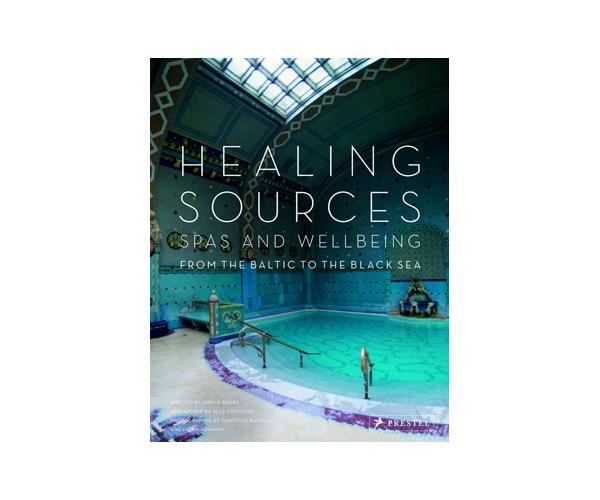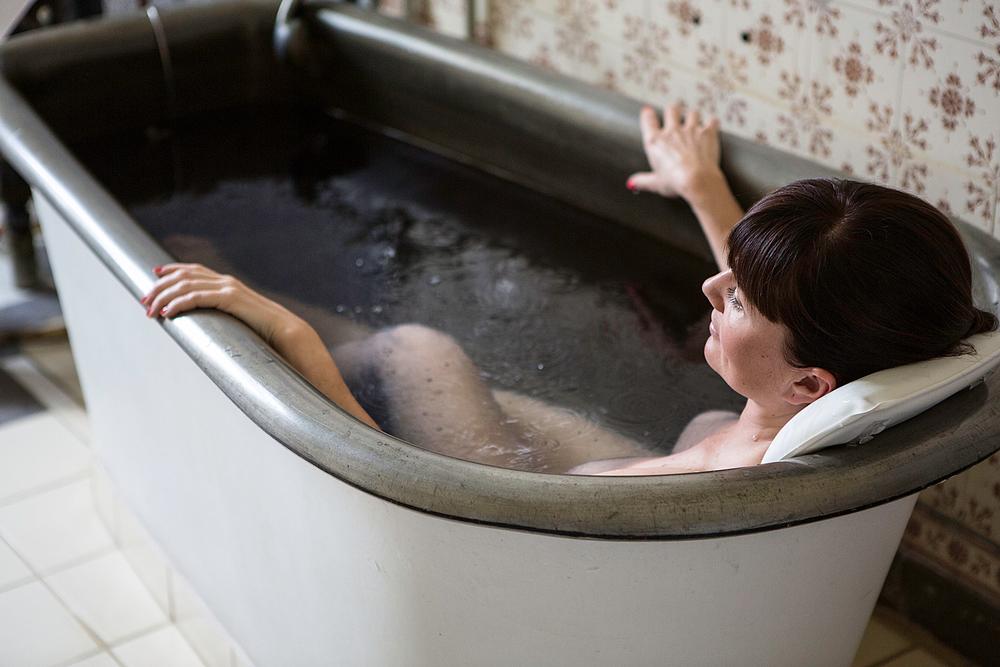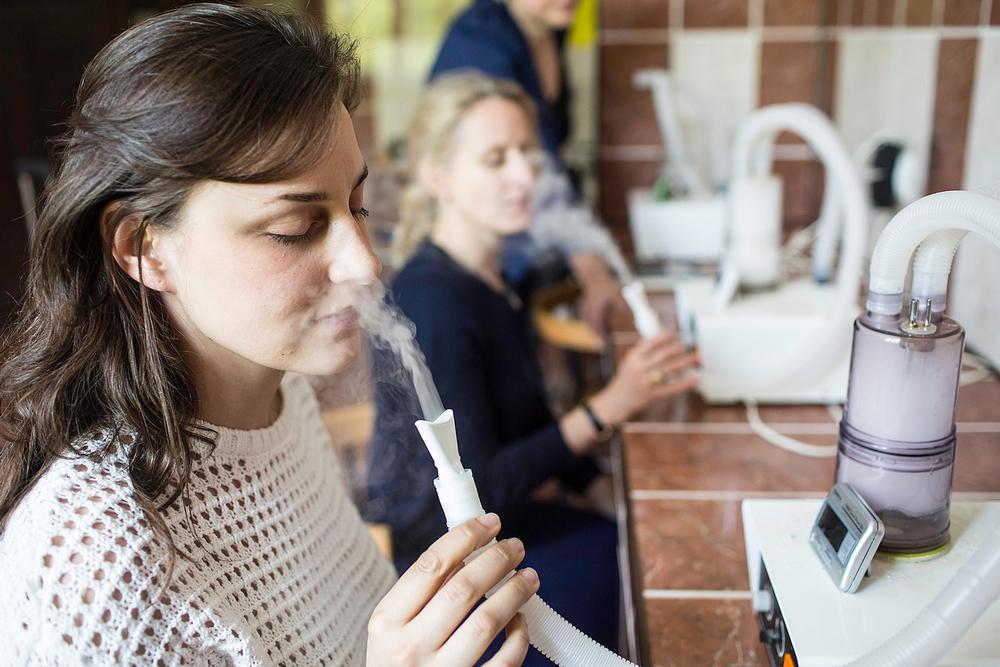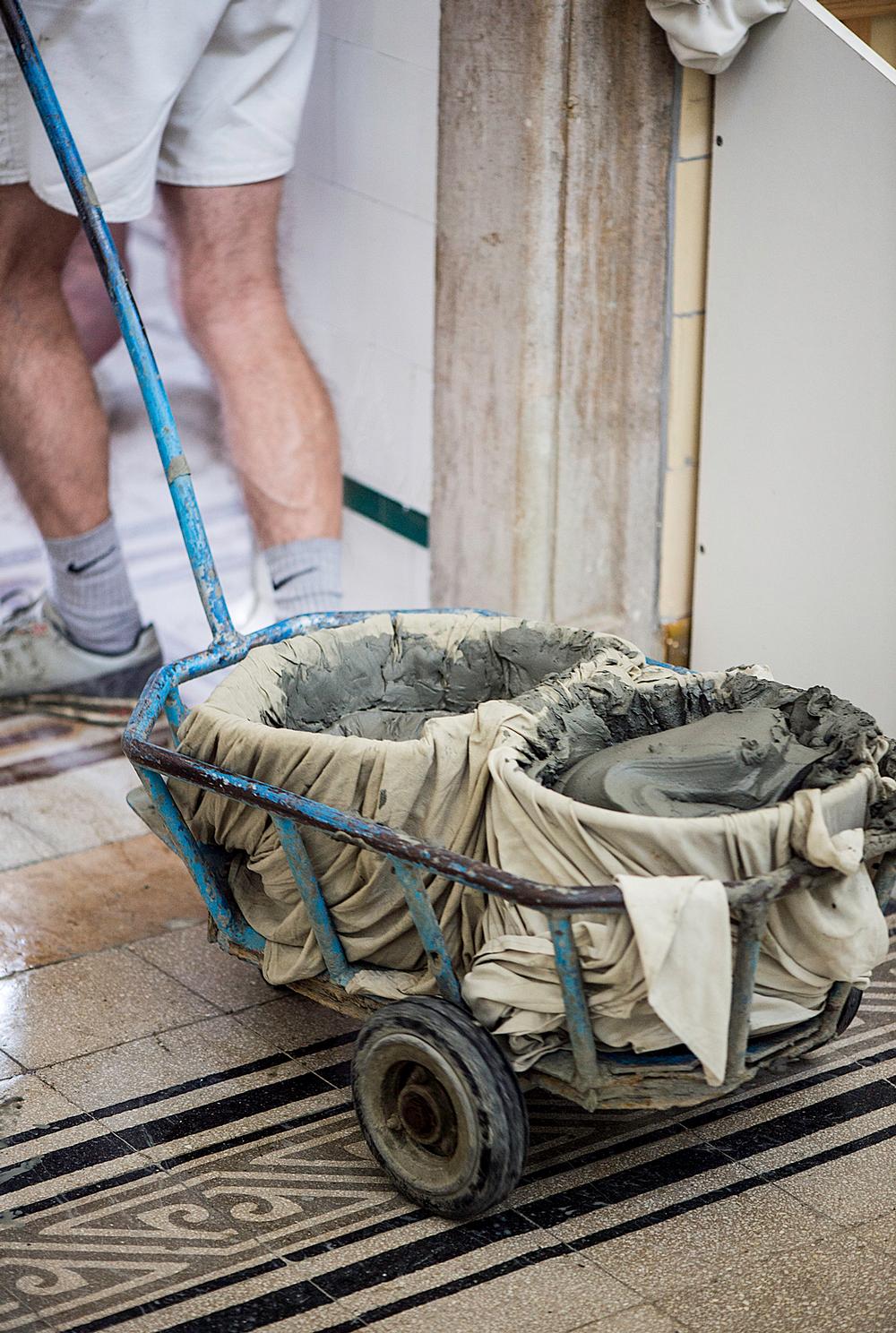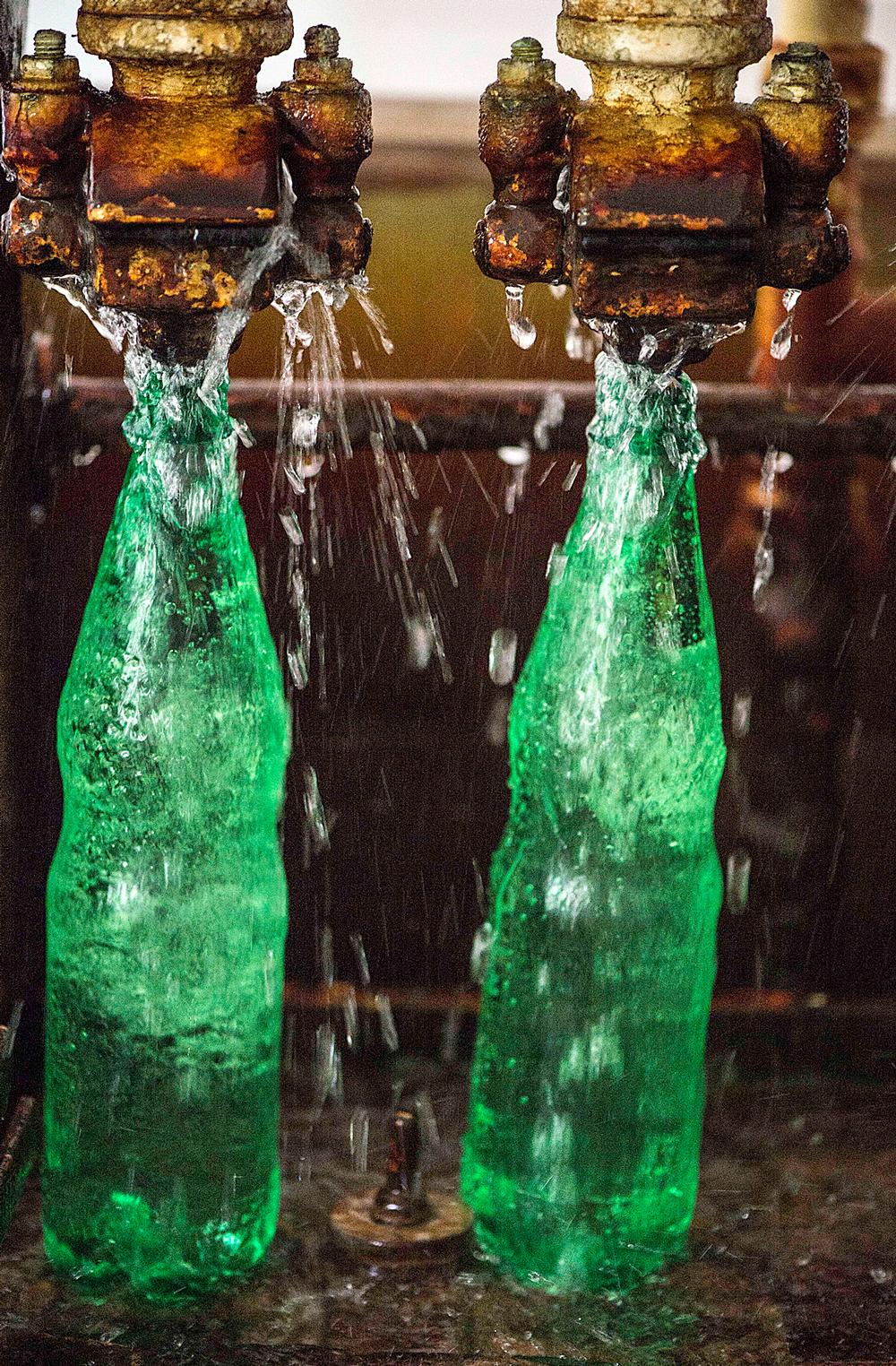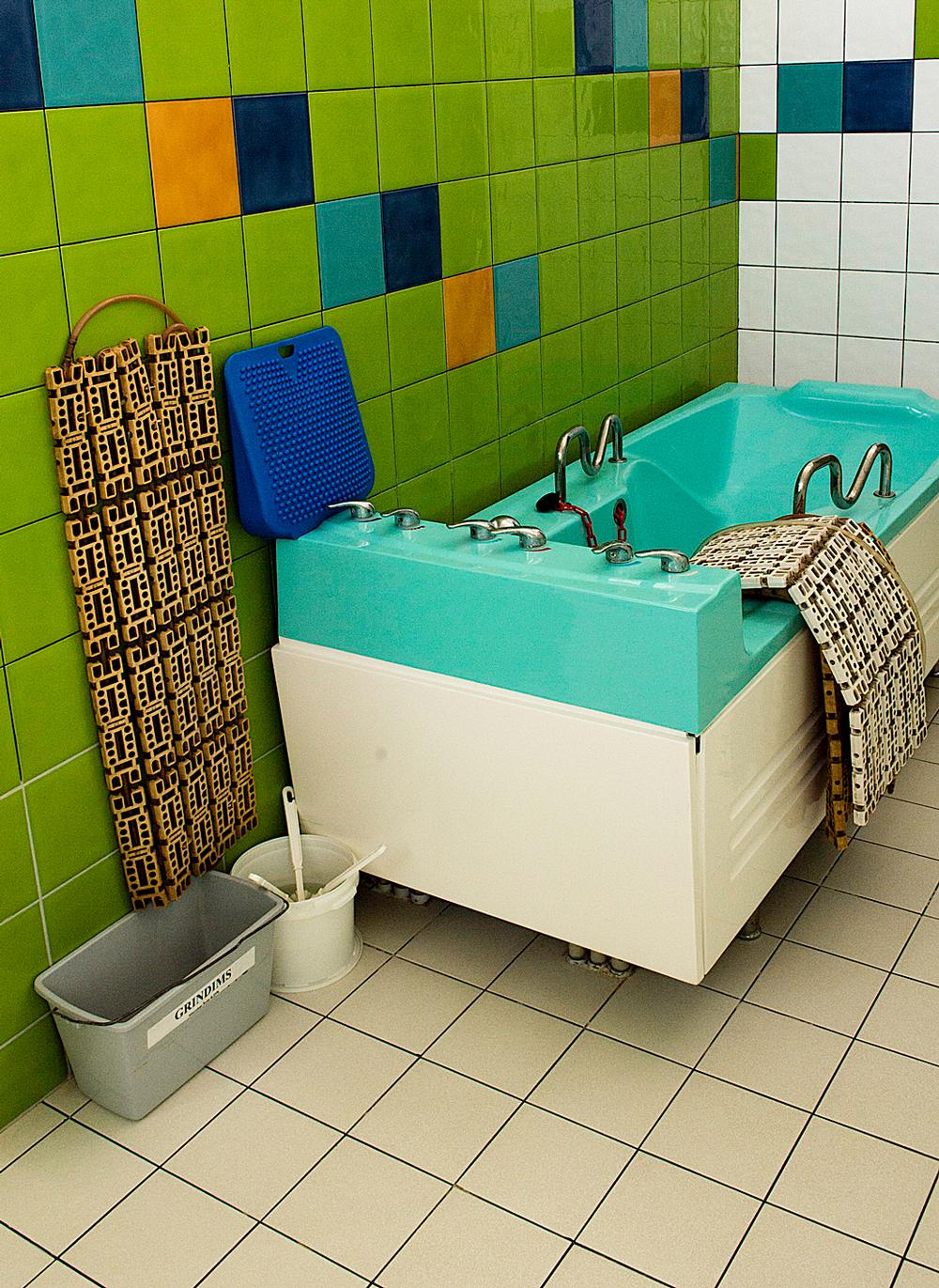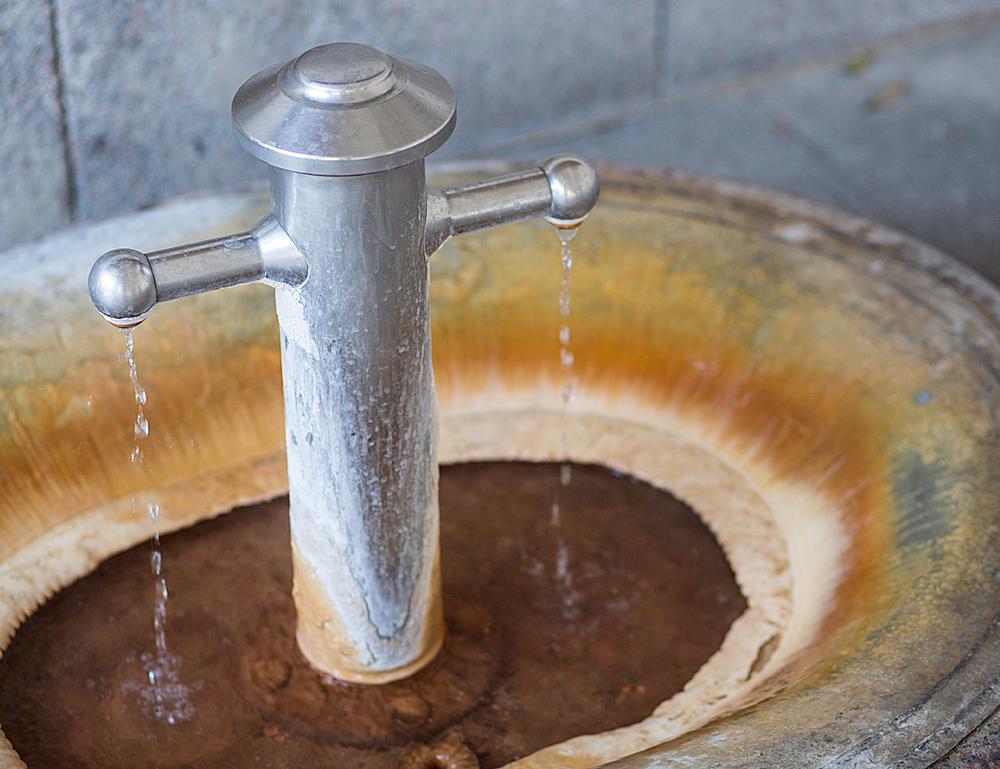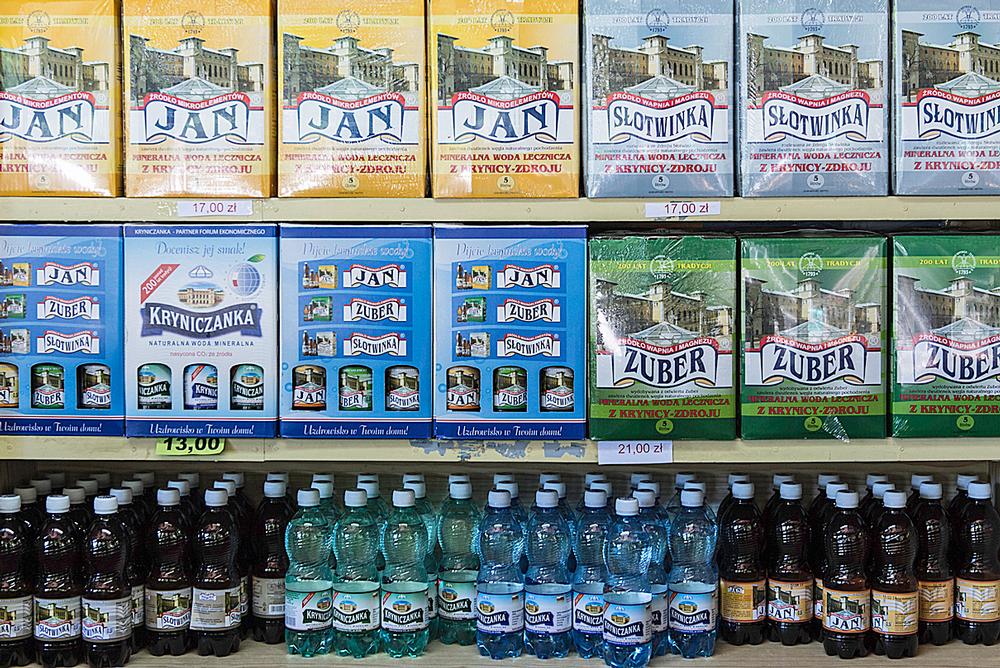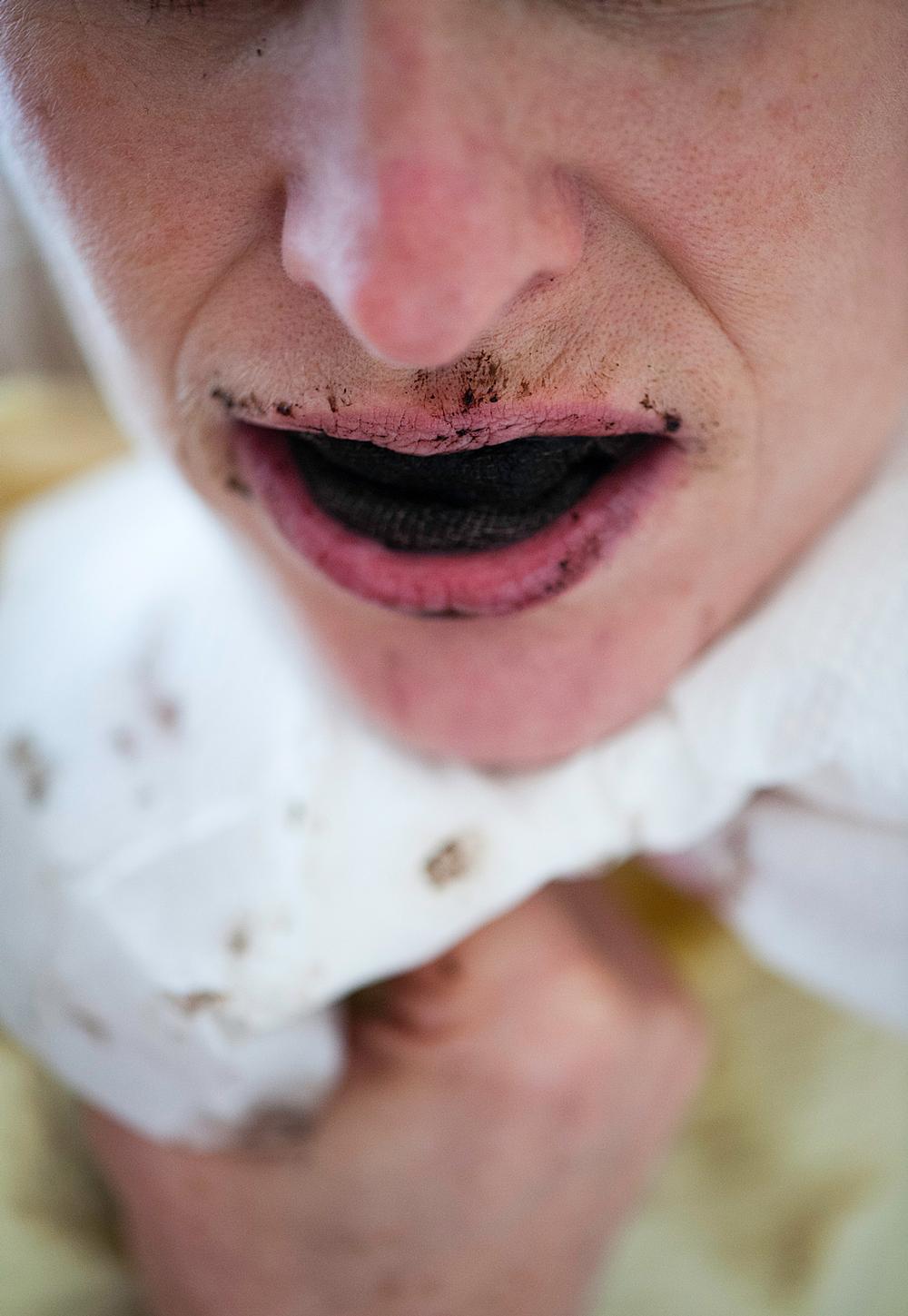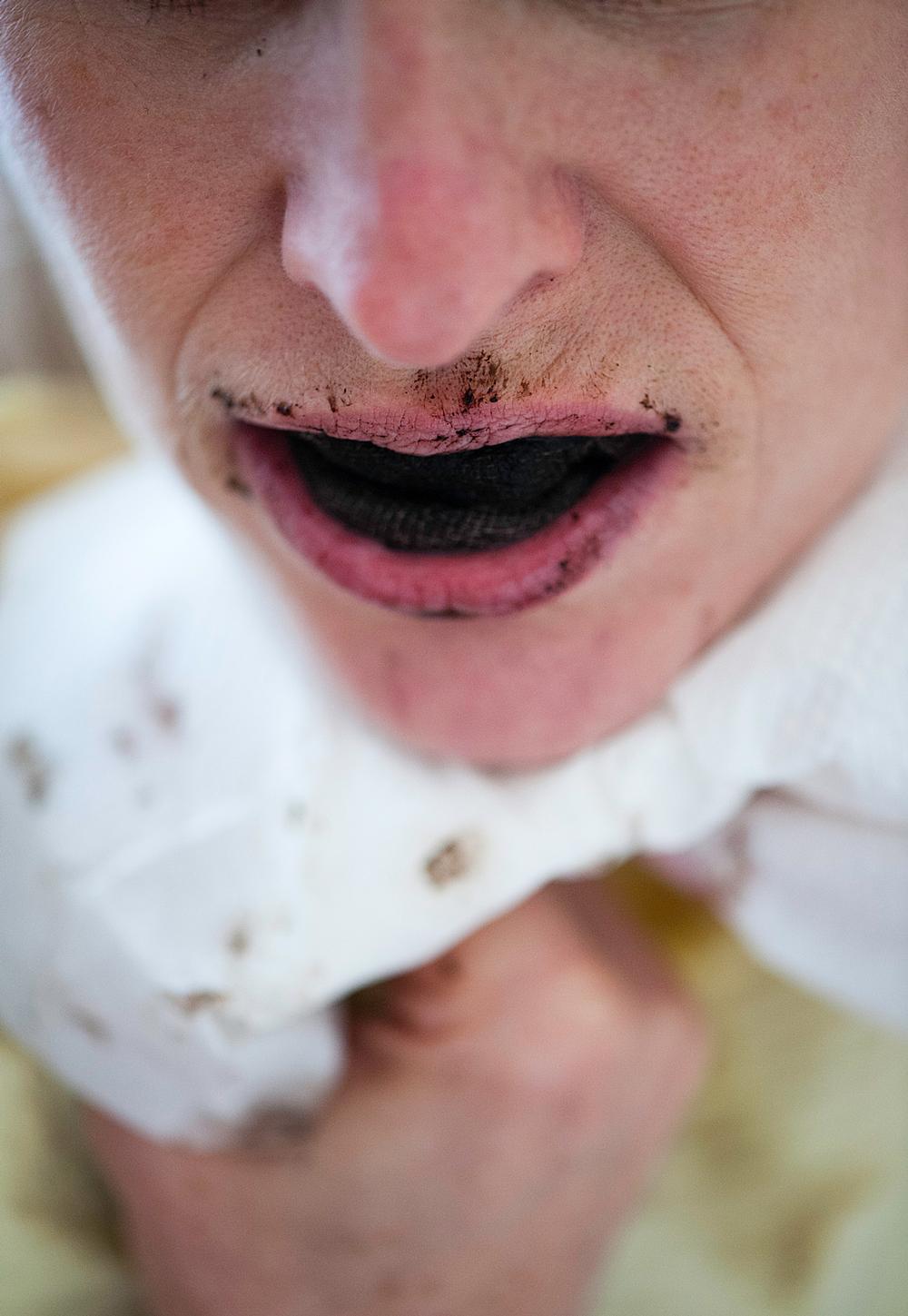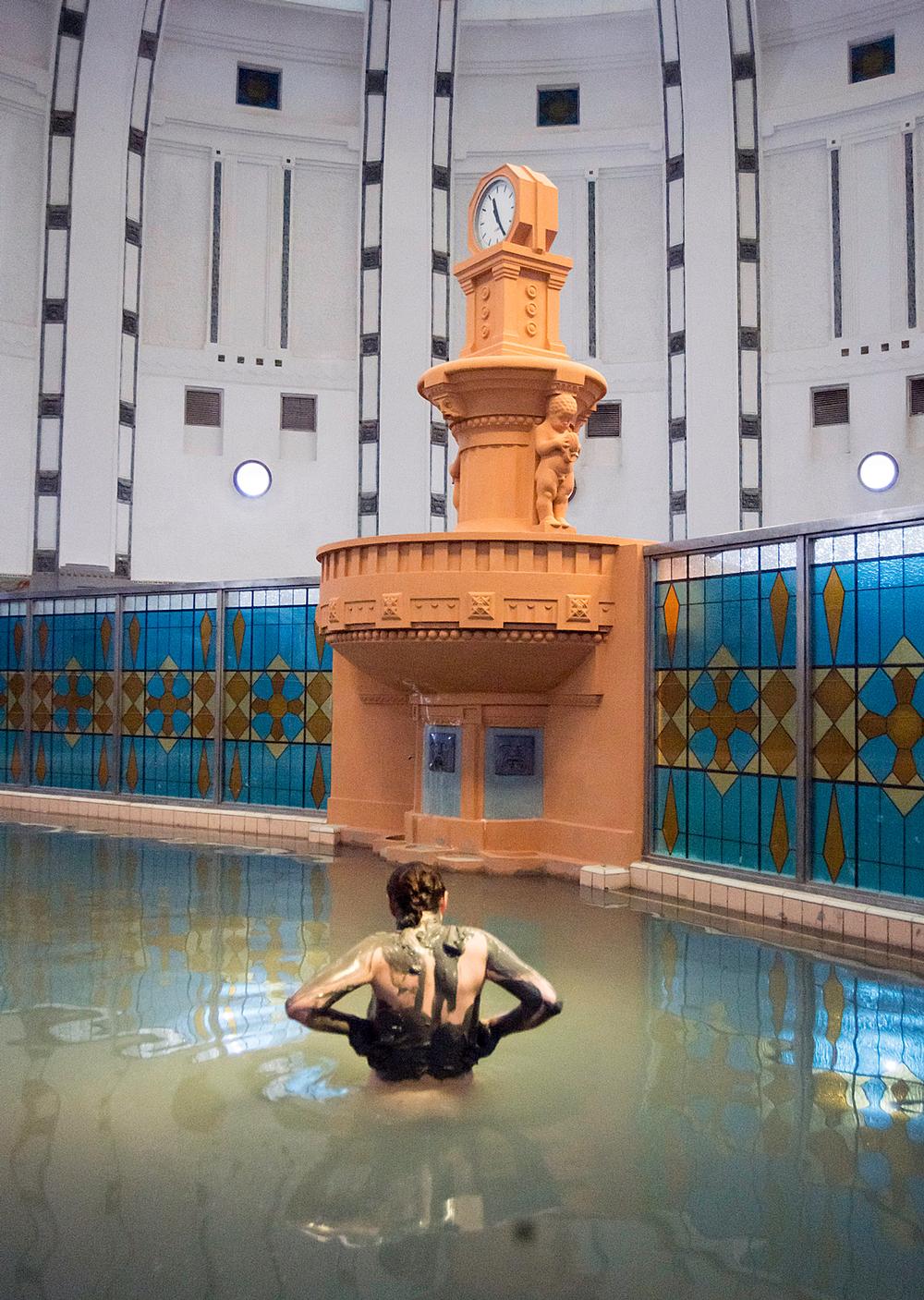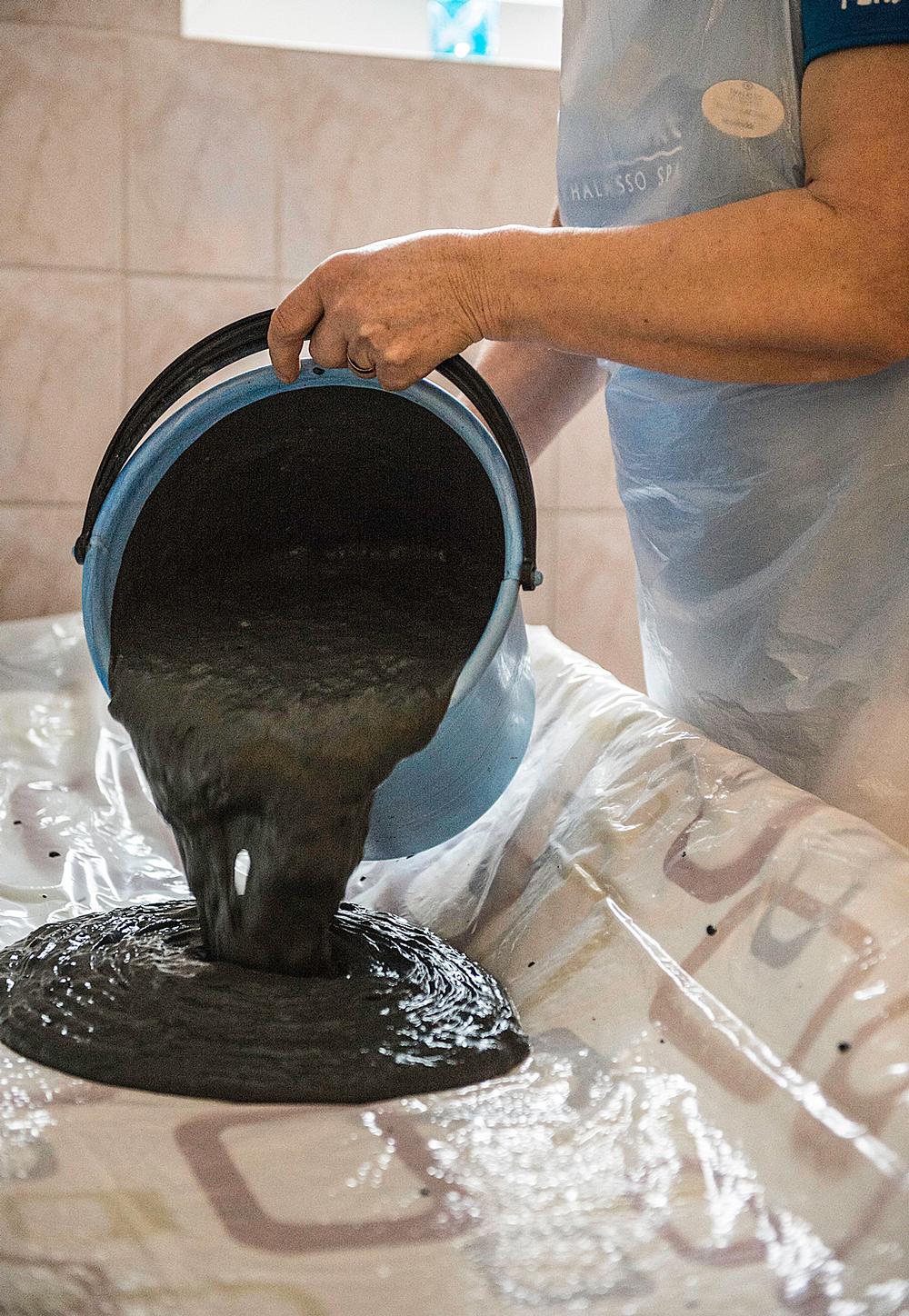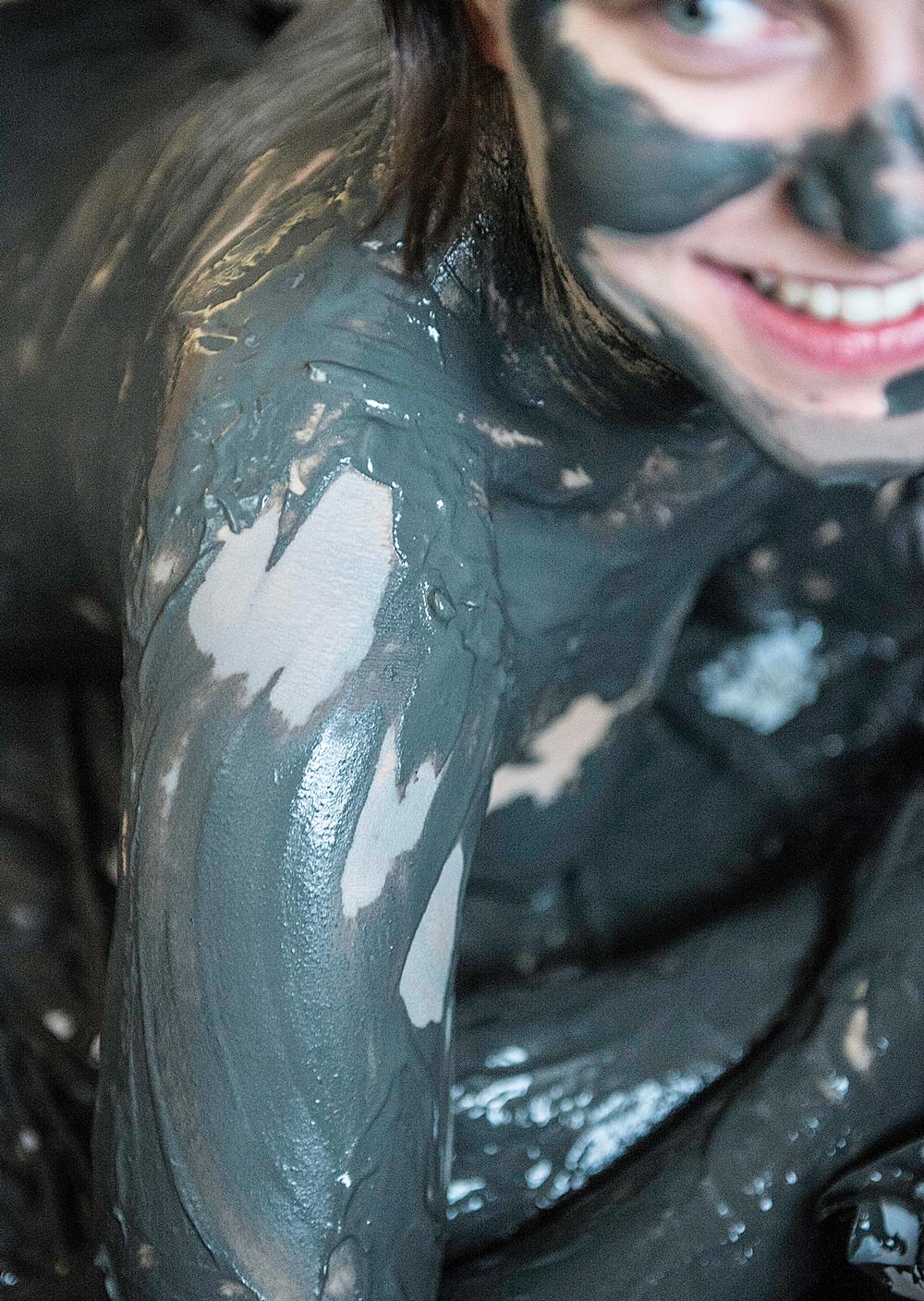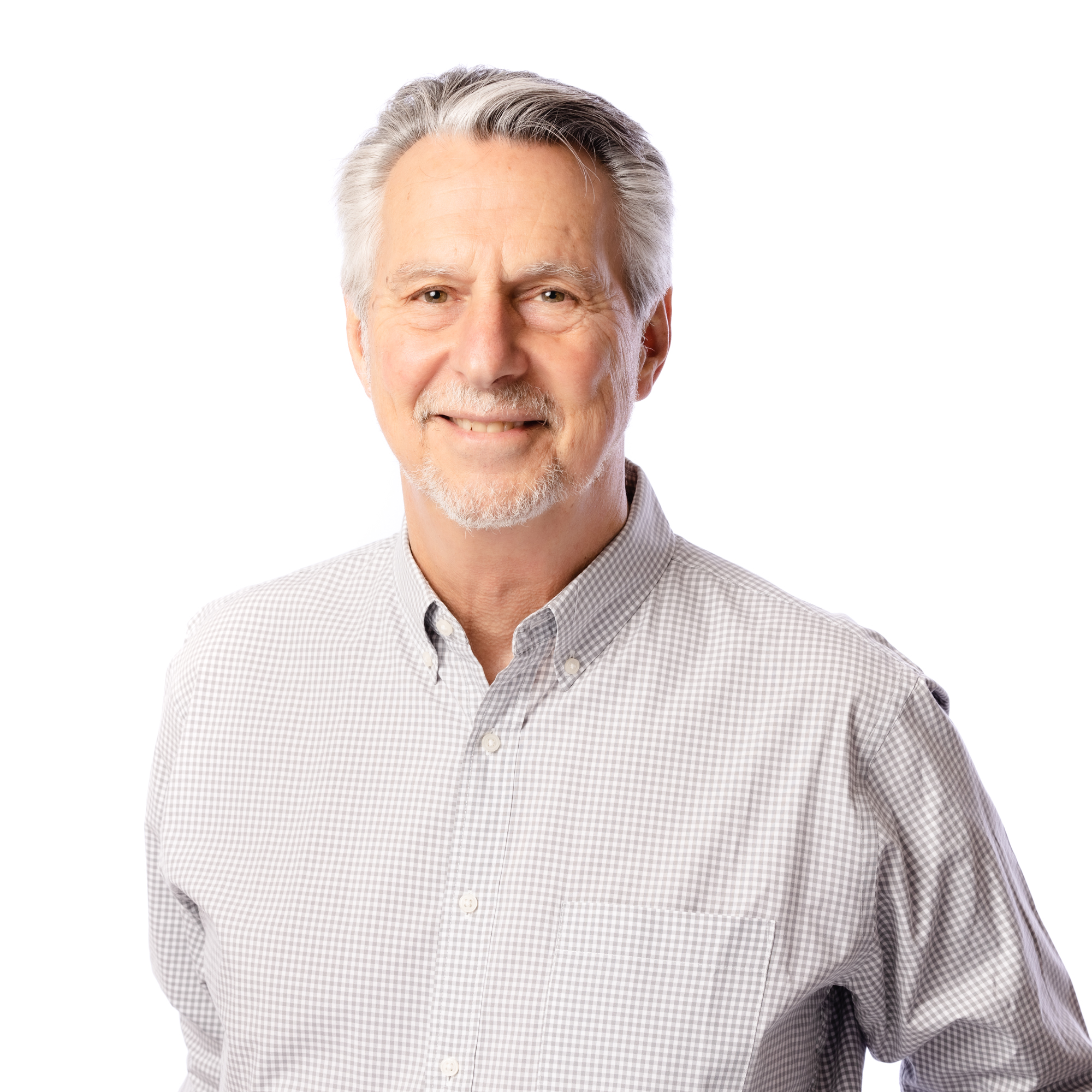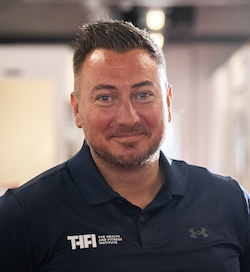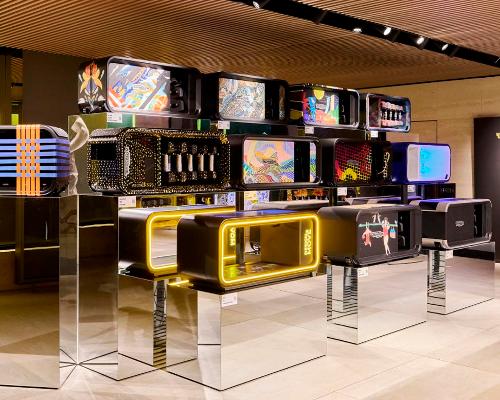features
Mineral matters
Sophie Benge closes her series on the healing power of natural resources in central and eastern Europe with a focus on mineral water and mud
In this series, we’ve looked at some key components of the central and eastern European spa experience that make it a strong contender in the growing market for wellness tourism: namely its rich seam of natural resources which have been used for centuries to relieve physical pain and stimulate emotional wellbeing.
These natural elements were rigorously studied by chemists and doctors in the 19th century before treatment protocols were developed for a variety of health disorders. That many of these therapies remain unchanged after 200 years is testimony to the authenticity and expertise that infuses the health culture in this region.
This final article examines mineral water – the most abundant healing source – and mud, which is probably the most potent. It can be argued that both form the basis of the historical reputation for wellness that has brought royalty and the intelligentsia to spa towns from the Baltic to the Black seas for two centuries.
England’s King Edward VII visited Marienbad (now Mariánské Láznê) in the Czech Republic nine times to treat his gout, while in nearby Karlsbad (now Karlovy Vary), the list of visitors in search of redress for their overindulgent lifestyles includes Brahms, Beethoven, Bismarck and Bach... and that’s just those listed under B!
Water world
Mineral waters sourced from underground have a high mineral composition and specific chemical properties, as well as differing physical properties such as temperature and trace elements. Together these features can help with a full spectrum of body processes from circulation and digestion to immune function and even fertility. That’s quite some panacea.
To understand the potency of the mineral water in central and eastern Europe it helps to make a comparison with a brand such as Evian. A 750ml bottle states that this water contains 26mg of magnesium per litre. In contrast most waters in Romanian Transylvania contain more than 3,000mg of magnesium per litre. There are 6.5mg of sodium in Evian and 100 times this amount in Zuber, the strongest of four brands of bottled water from the Polish spa town of Krynica-Zdrój, which is particularly good for liver complaints.
There is barely a mineral water source in the region which local people don’t claim has the most potent water in all of Europe for improving health. Alongside broad similarities there are place-by-place distinctions for determining where to go for particular afflictions.
The calcium-magnesium ratios in the cold water of Mariánské Láznê in the Czech Republic makes the spa at Hotel Nové Láznê a well known centre for treating kidney and urinary tract disorders.
Alternatively in Kemeri, Latvia the unusually high levels of hydrogen sulphide in some water bring down the cholesterol levels in blood, according to Dr Ints Zeidlers, a professor of physical medicine and rehabilitation at Jaun?emeri Health Resort. He claims that during one 20-minute bath in this particular warm mineral water, patients take in as much as 70mg of hydrogen sulphide through their skin and via inhalation.
Different again are the thermal effects of the hot water of Piešt’any in Slovakia which, when experienced in bathing treatments, helps optimise the mechanical movement of the limbs. The water also contains a high amount of sulphur (578mg per litre) which is believed to help strengthen connective tissue, like ligaments, cartilage and tendons. In addition, it leaves sulphur deposits on the epidermis which can ease skin conditions such as eczema and psoriasis.
In other words, Spa Piešt’any is a good choice for those people who want to ease stiff joints and muscle pain, while also nurturing baby-soft skin.
Drink, breathe, bathe
As well as geographical differences and variations in chemical composition and water temperature – from very cold in Romanian Transylvania to virtually boiling in some springs in Budapest – there’s the choice of how best to take the ‘water cure’. Usually water cure programmes include a combination of drinking and bathing in water and inhaling its vapours. These three elements form the mainstay of balneotherapy, the discipline for treating illness through medicinal spring water, and a programme will be carefully prescribed by a doctor according to each guest’s needs.
In the spa town of Druskininkai in Lithuania, the water’s calcium-magnesium ratio is 2:1 and doctors at Spa Vilnius (see SB13/1 p68) claim that drinking just one glass provides an ample supplement of these minerals for a whole week. They say it’s even more effective if drunk on an empty stomach. Heavy drinking of some waters can, however, result in vomiting and diarrhoea because they’re so strong.
Inhaling mineral water vapour helps clear the respiratory tract. The vapour takes the form of a fine spray released from a nozzle in front the face. Many of the health resorts built during the Soviet era still use inhalation apparatus designed and built in the 1950s.
Bathing completes the healing trilogy of balneotherapy. In some places such as Mariánské Láznê in Czech Republic, guests take two or three baths a day to relieve kidney, urinary and nervous-system disorders. In Latvia’s Jaunkemeri Health Resort, on the other hand, the high levels of hydrogen sulphate mean baths are prescribed only every other day. The mineral load creates a big job for organs that need time to process change.
Many, but not all, of the swimming pools at resorts across the region are filled with local mineral water that’s more suitable for general bathing. Examples include the famous Gellért Baths or Széchenyi Baths in Budapest, or Spa Wojciech in Ladek Zdrój, Poland.
Wellness facilities
- Hotel Nové Láznê , Czech Republic
www.marienbad.cz
- Fra Mare Thalasso Spa, Estonia
www.framare.ee
- Gellért Thermal Bath, Hungary
www.gellertbath.hu
- Széchenyi Thermal Bath, Hungary
www.szechenyibath.hu
- Jaunkemeri Health Resort, Latvia
www.jaunkemeri.lv
- Health Resort Druskininkai, Lithuania
www.gydykla.lt
- Wielka Pieniawa Spa, Poland
www.uzdrowiska-pgu.pl
- Irma Spa @ Health Spa Piešt’any, Slovakia
www.spapiestany.sk
www.piestany.danubiushotels.com
- Life Class Hotels and Spa, Portorož, Slovenia
www.lifeclass.net
Glorious mud
In central and eastern Europe mud is used therapeutically in a very different way to what we’re accustomed to in the western spa industry. Rather than being used in a beauty mask or in a thin layer smeared over the body in a wrap, mud here is commonly used by the bucketload for slapping over joints (see p64). It’s often mixed with mineral water in a bath, or even wrapped around the gums in a gauze tube or inserted vaginally to stimulate fertility. One of the most unusual ways to experience mud is at Irma Spa at Health Spa Piešt’any, Slovakia, where it carpets one of the most elegant spa pools in Europe. Guests cover themselves in fistfuls of soft, silky mud, that they’ve scooped up from beneath their feet.
As is the case with mineral water, it’s the mineral breakdown of each mud deposit which determines its precise curative capabilities and this varies from source to source. Some mud comes from thousands of years of rotting vegetation to form a type of peat. Other mud is mined from deep below ground and prescribed for inflammatory disorders, such as in Budapest’s spas. Mud is also harvested from the sea bed in Haapsalu, Estonia on the Baltic coast and in the coastal town of Portorož, Slovenia on the Adriatic sea. In Portorož, salty clay is used in facilities such as the Life Class Hotel Spa, primarily to treat locomotive issues.
As with mineral water, mud has a great capacity to help with a disparate range of afflictions: rheumatic, digestive, circulatory, locomotive or gynaecological. It’s even proven to slow down – and in some cases reverse – degenerative deterioration.
This is just a glimpse into therapeutic properties of mineral waters and muds, the two most ubiquitous natural resources in the region with the greatest range of influence on our wellbeing.
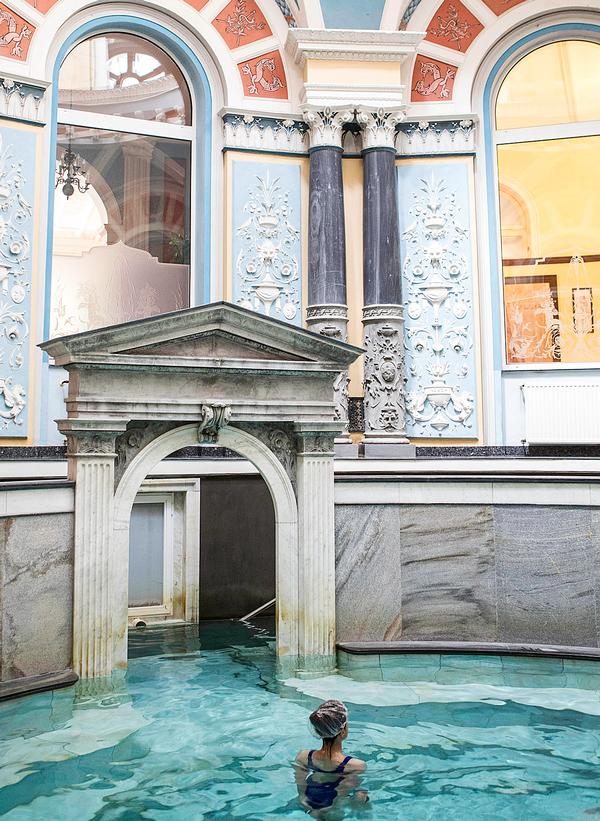
First-person experience:
Sophie Benge
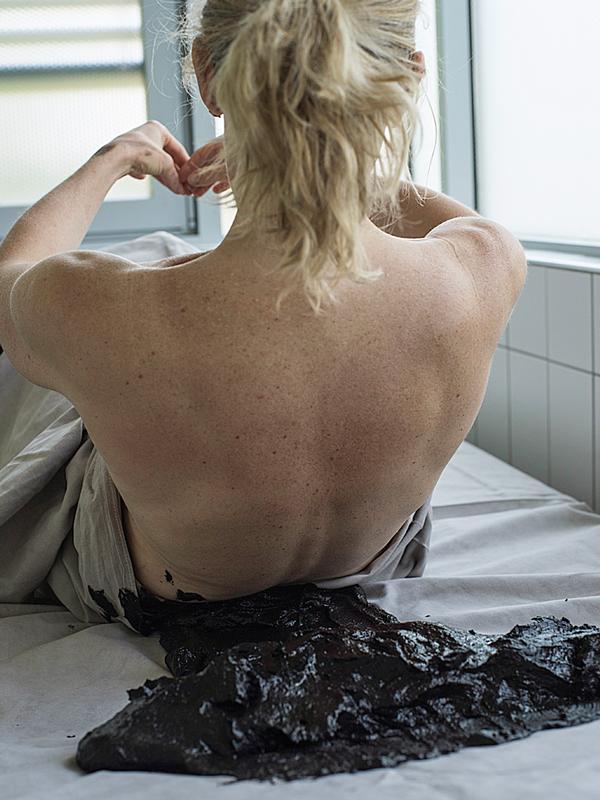
Writer of Healing Sources,
My mud wrap at Széchenyi Baths in Budapest starts with me following a man dressed in boots and shorts, dragging a trolley which carries two dirty buckets brimming with thick grey-green mud. Inside the treatment room, spartan with hard surfaces and only mildly updated since it was built in the 1890s, he points to the bed while putting on rubber gloves. Never a word is uttered. In fact never has a treatment seemed more matter-of-fact or, as I realise a while later, more profound.
I’m sitting naked on a plastic sheet as he splats fistfuls of soft warm mud onto the bed behind me. He then covers my elbows and presses my back downwards into the thick layer before slapping more round my shoulders, so that it snuggles up my neck. He quickly whacks a dollop on each hip bone, wrist, knee and ankle, pulls the sheet tight round my body, places a tarpaulin over that and walks out.
No scents, no music, no dimming of lights. I wriggle to feel the full sensuality of the mud against my skin and soon surrender to feeling warm, albeit increasingly sweaty, drowsy and still. I like being bundled up under this heavy coat of mineral-rich goodness. Twenty minutes later, the gloved and booted man – with body odour – unceremoniously unwraps me, flicks the thick clumps of mud onto the floor and leads me to the shower to rinse me down. I then take over to remove any mud residues from my orifices!
This is a one-product treatment with a multitude of effects: soft skin, loose limbs and muscles, bright complexion, clear thinking and, at first, a feeling of being light headed. I needed to sit still and quiet for a while as I waited for the gentle pulsation through my veins to fade and a mild pressure in my skull to subside.
While sitting I met a woman who told me her story, through a translator. Her hands had been clawed with arthritis but after 10 days of daily dunking in a bucket of this mud, her fingers were starting to unfurl. Joy radiated from her face.
This mud, mined from a natural reserve outside Budapest, treats up to 1,000 people daily across the city’s famous medical spas. Its a blend of magnesium, calcium and potassium plus copper, iron, manganese and selenium.
Mud wraps like this are generally prescribed as part of a course to treat inflammatory conditions – or, in my case, as a general detoxifying tune-up, with real palpable effect on my body and mind.
“My mud wrap starts with me following a man dressed in boots and shorts, dragging a trolley which carries two dirty buckets brimming with thick grey-green mud”
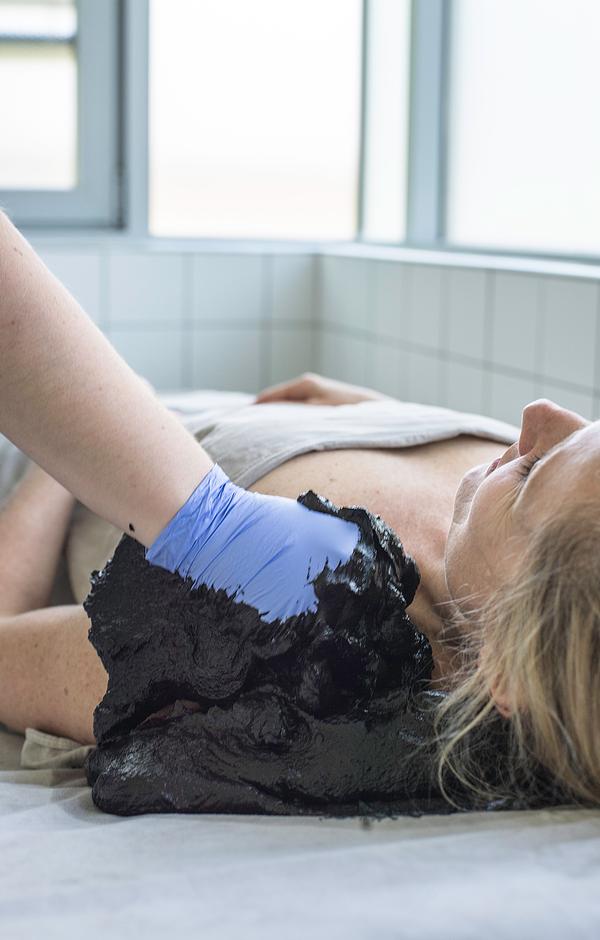
A focus on the natural resources of central and eastern Europe forms part of an upcoming book, Healing Sources, Spas and Wellbeing from the Baltic to the Black Sea, which will be published by Prestel in December.
Details: www.thehealingsources.com
